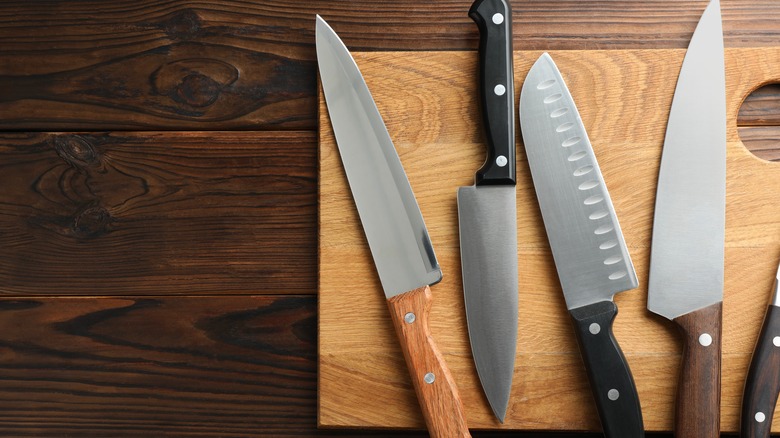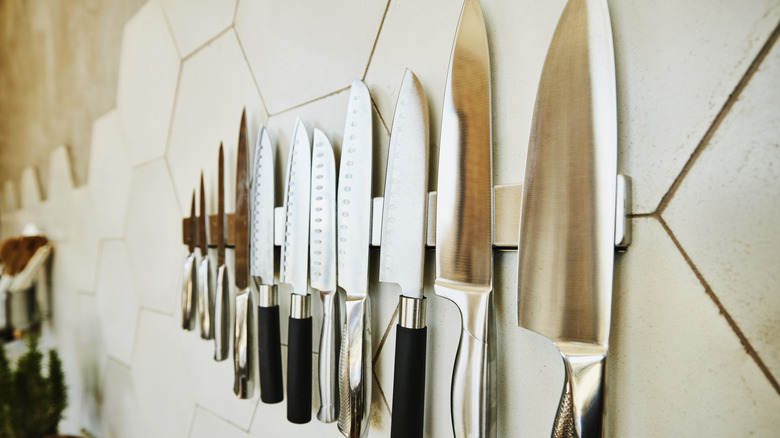Honing Or Sharpening: Which Method Is Right For Your Kitchen Knives?
Dealing with dull kitchen knives can feel like trying to slice a tomato with a butter knife — frustrating and messy. A dull knife hampers efficiency and poses safety risks, as it requires more force to cut, increasing the likelihood of slips and accidents. Understanding the proper techniques for maintaining knives is essential for any home cook. This brings us to the pivotal question: should you hone or sharpen knives? Honing is suited for individuals who engage in regular cooking and wish to maintain their already sharpened knives with minimal intervention, while sharpening is more appropriate for those whose knives have noticeably lost their cutting efficiency and require restoration.
Honing is a corrective measure to keep the blade aligned and straight without removing metal from the knife. You realign the microscopic teeth on the blade's edge using honing steel. This process is quick and easy and should be done frequently — ideally after several uses. Proper technique involves holding the honing steel vertically and drawing the knife down at a precise 15 to 20-degree angle to ensure optimal alignment. While honing doesn't sharpen a dull knife, it certainly extends the life of a sharp edge.
In contrast, sharpening entails removing material from the blade, which creates a new edge. It can be done using tools like whetstones, electric sharpeners, or manual sharpeners. Whetstones are popular for those who enjoy the art of sharpening, while electric sharpeners offer a quick solution. A good rule of thumb is to sharpen your knives every one to two months or whenever you notice a lack of smooth slicing.
How to prevent your kitchen knives from dulling
To keep your knives sharp as long as possible, you should observe several best practices. First, always hand wash and dry your knives instead of tossing them in the dishwasher. The harsh environment of the dishwasher can damage the blades and handles over time. Proper storage is equally important; utilizing a magnetic strip, knife block, or blade guards protects edges from nicks and abrasions. Keeping them separated also minimizes the risk of dulling caused by contact with other utensils.
Another important tip is to use a cutting board made of wood or plastic rather than glass or marble. Hard surfaces can quickly dull your knife, while soft materials help maintain sharpness. When chopping, use a rocking motion instead of pressing down too hard; this will help preserve the blade's edge. Also, refrain from using your knives for tasks they are not designed for. While using a chef's knife to open packages or pry lids might be tempting, doing so can damage the bade. Stick to using the right tools for the right jobs, such as a serrated knife for bread and a paring knife for more complex tasks. Finally, avoid using knives on frozen foods or bones, as they can chip the blade.

